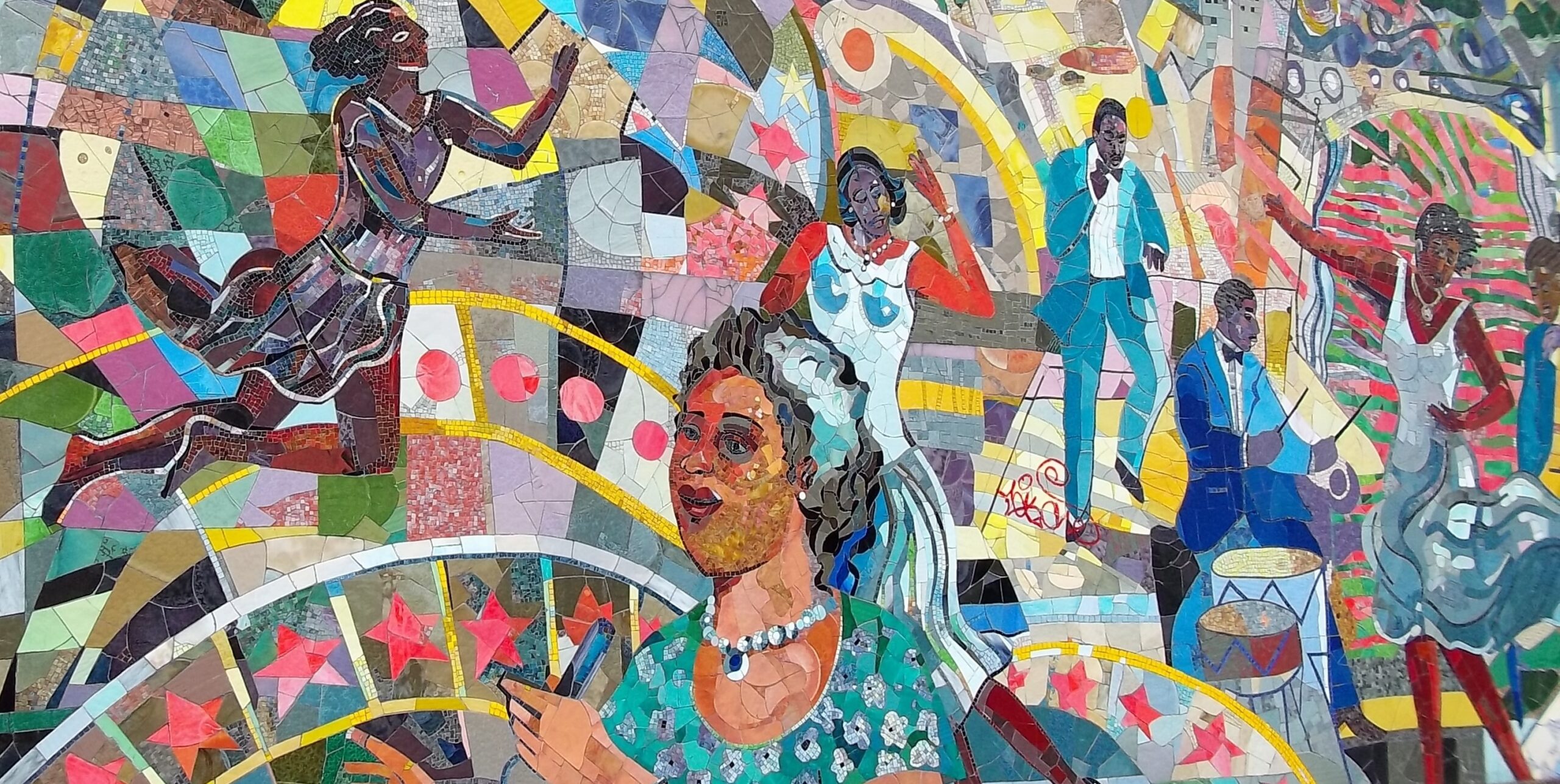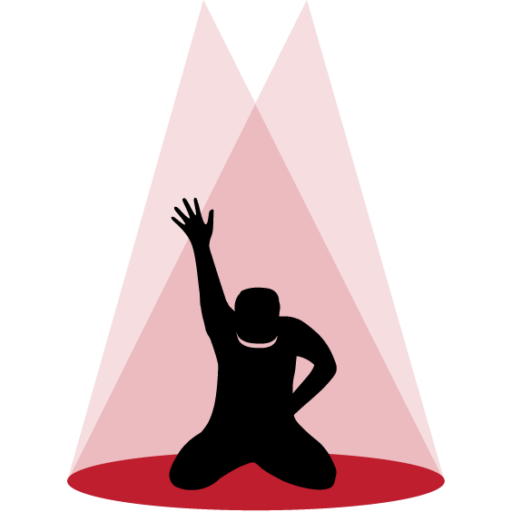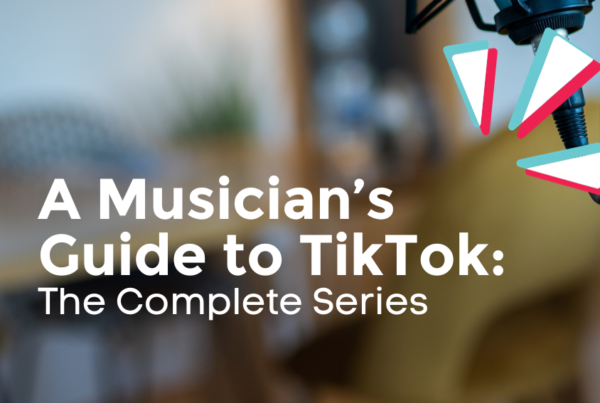
Last weekend, competitors of the NCPA & NHSPA National Step Championships and members of the Upstaged Entertainment team went on a very insightful Harlem One Stop walking tour with Keith Taylor, a former NYPD officer and current professor with deep ties and family connections to Harlem. During this tour, he went into extensive detail about the history of Harlem which we are excited to share with you.
We first learned about the ground on which we were standing upon, which was inhabited 500 years ago by the indigenous population before it became a Dutch colony. As a colony, the Dutch created a wall that is now known as the infamous Wall Street with the African population being forced into indentured servitude and having to buy their own biological children back from those who they served under. Eventually, the British took over, and the area became known as New York City. Shortly after, there was a significant battle known as the Battle of Harlem Heights which signified the first time the Americans held back the British. Another important time for the city of Harlem was the Harlem renaissance in which many styles of art were introduced and brought into the city space for many to still enjoy today.
Throughout our walking tour, we saw many different iconic parts of Harlem that still live today, including the murals that reflect moments in history and murals that portray and empower significant movements. We also saw the beautiful architecture of the Harlem Flats and other styles of housing that have lasted throughout history. Some famous landmarks we saw were African Square, the Adam Clayton State Office Building, the Alhambra Ball Room, the Victoria Theatre (which is a hotel now), the Apollo Theater, Theresa Hotel, and other aspects that reflect the identity of the city of Harlem.
The population of Harlem has a very diverse economic mix with people coming from different movements and migrations over time, including slaves that had escaped the South to the northern cities, Jews, Irish, Italians, and Puerto Ricans. This diversity is still heavily reflected within the community of Harlem today that offers a wealth of music, food, and cultural events throughout the year.






